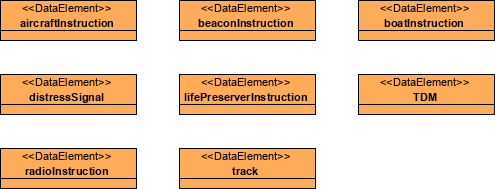The DIV-3 defines the structure of the various kinds of system or service data that are utilized by the systems or services in the Architectural Description. DIV-3 is used to describe how the information represented in the DIV-2 Logical Data Model is actually implemented.
While the mapping between the logical and physical data models is relatively straightforward, the relationship between the components of each model (e.g., entity types in the logical model versus relational tables in the physical model) is frequently one-to-many or many-to-many.
Usage
The intended usage of the DIV-3 includes:
- Defines the structure of the various kinds of system or service data
Product Description
The DIV-3 is an implementation-oriented model that is used in the Systems Viewpoint and Services Viewpoint to describe how the information requirements represented in DIV-2 Logical Data Model are actually implemented. Entities represent:
- System Resource flows in SV-4 Systems Functionality Description.
- System Resource elements specified in SV-6 Systems Resource Flow Matrix and SV-10c Systems Event-Trace Description.
- Service Resource flows in SvcV-4 Services Functionality Description.
- Service Resource elements specified in SvcV-6 Services Resource Flow Matrix and SvcV-10c Services Event-Trace Description.
- Triggering events in SV-10b Systems State Transition Description or SvcV-10b Services State Transition Description.
- Events in SV-10c Systems Event-Trace Description or SvcV-10c Services Event-Trace Description.
- Elements required due to Standards in the StdV-1 Standards Profile or StdV-2 Standards Forecast.
Creating a Physical Data Model
To create a Physical Data Model:
- Click on Physical Data Model in the Action Artifact area, and then select Create New Diagram.
- Type the diagram name and press Enter.
- A blank diagram is created and you can start constructing the view. You can create DataElements and/or InformationElements. Connect elements with Associations.

DoDAF in Visual Paradigm
The DoDAF is brought to you by Visual Paradigm, a full-featured development platform. Visual Paradigm provides an easy-to-use, model-driven DoDAF tool that supports the development of DoDAF 2.02 views and models. You can create integrated DoDAF products and generate architectural documents that facilitate organizations to efficiently coordinate enterprise architecture initiatives.